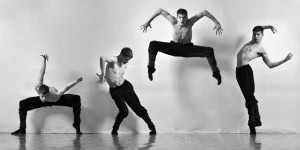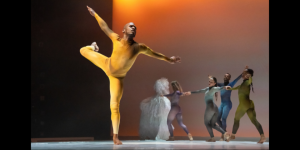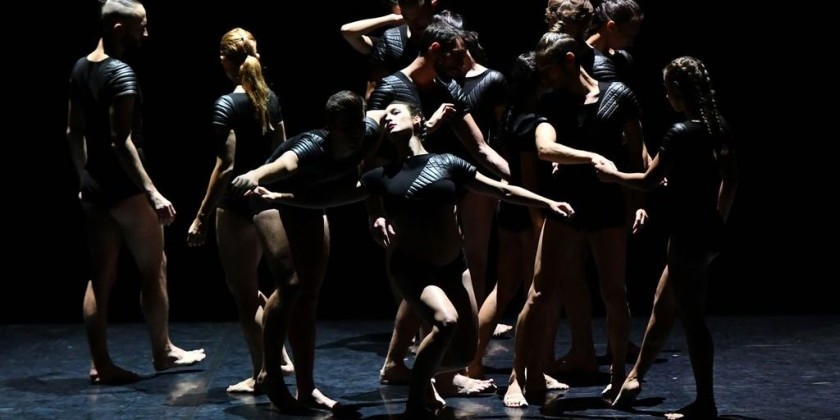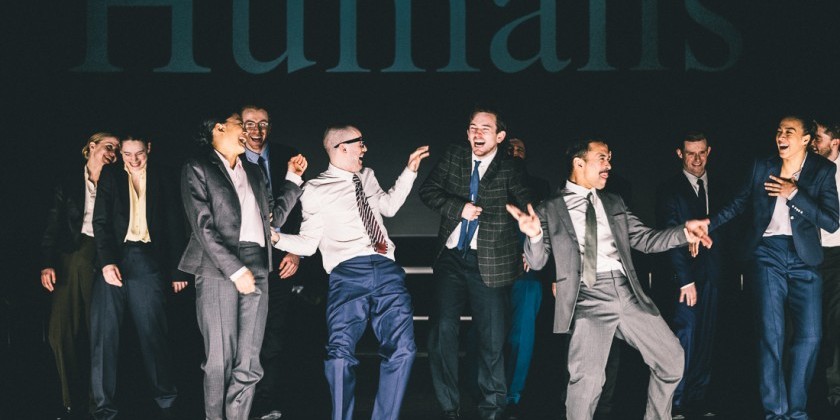Impressions of Complexions Contemporary Ballet’s “Chronicle”
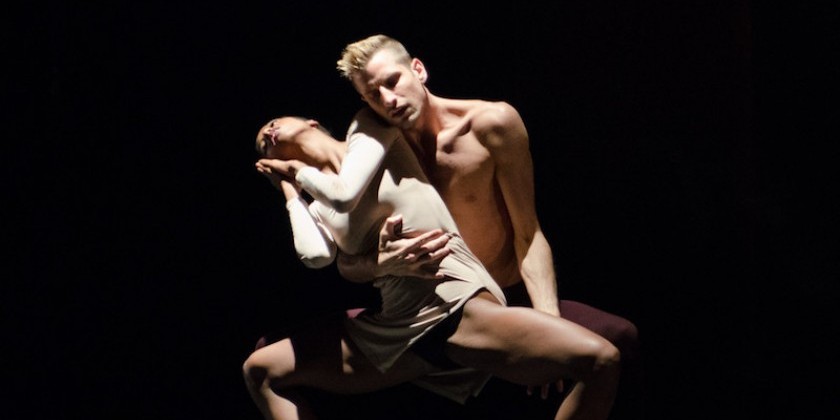
The Joyce Theater
Founding Artistic Directors: Dwight Rhoden and Desmond Richardson
Resident Choreographer: Dwight Rhoden
Dancers: Melissa Anduiza, Doug Baum, Jennie Begley, Greg Blackmon, Andrew Brader, Jillian Davis, Addison Ector, Larissa Gerszke, Shanna Irwin, YoungSil Kim, Kelly Marsh IV, Ashley Mayeux, Nehemiah Spencer, Timothy Stickney, Terk Lewis Waters, and Whitney Hester
Costume Design: Christine Darch / Lighting and Set Design: Michael Korsch
Music: David Rozenblatt (“When Hell Freezes Over”)
The sixteen dancers of Complexions Contemporary Ballet sure are good-looking. Dewy with youth and sparking with confidence, they command attention. Their pulchritude isn't limited to passive beauty; they are athletes of the highest caliber. From piercing the sky with balletic arabesques to funky, punchy weight changes, they can do it all.
Unlike a traditional corps de ballet, which prizes uniformity, these men and women crackle with individuality. Small, tall, slender, or stocky: the company embodies the diversity and vitality of 21st century America. Their uniqueness is united by a performative ferocity that never flags.
During the second week of their residency at The Joyce Theater, this stamina holds them in good stead. They perform resident choreographer Dwight Rhoden's two-act ballet Chronicle, of which the first act, ”When Hell Freezes Over,” is a world premiere while the second, “Mercy,” originated in 2009. A loose plea to embrace peace, Chronicle flaunts the company's corporeal acuity.
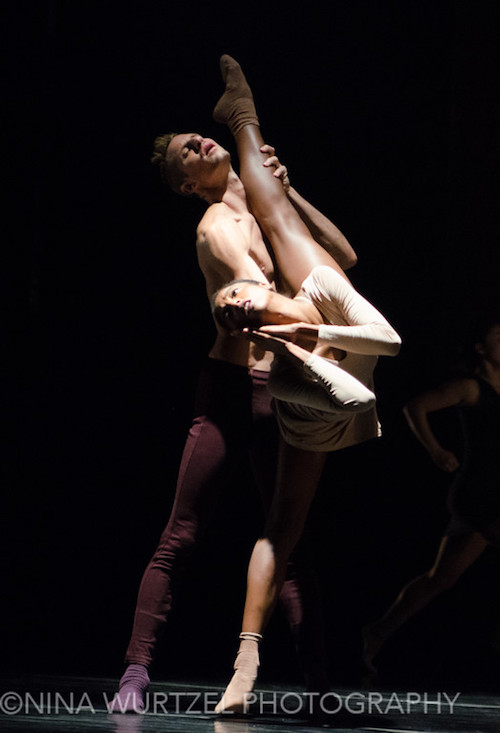
Rhoden treats the body as a source of endless possibility. Dancers chomp through dizzying, cyclonic sequences with lusty exultation. They whirl, they ripple, they strut, and they flutter. Their physical vigor awes, but their mental ability to remember such byzantine phrases impresses even more.
Sometimes, so much is happening that it can be hard to see what is actually happening. In “Hell Freezes Over, a quasi “West Side Story” between Ashley Mayeux and Andrew Brader (who, for all their fervency, have no discernible chemistry) may unfold against scenes of warmongering. “Mercy” could feature various soloists — notably the plucky Timothy Stickney — as redemptive figures, whizzing through visceral prayers as the company strides from an iridescent curtain.
Chronicle’s temperature is torrid, its tempo stirring. In the beginning, this heat thrills. But the extremity of everything — from the soaring virtuosity to the swelling emotion, all of which are underlined by pounding, aggrandizing music — becomes the new normal. Nothing registers as significant when everything functions as an explosive climax.
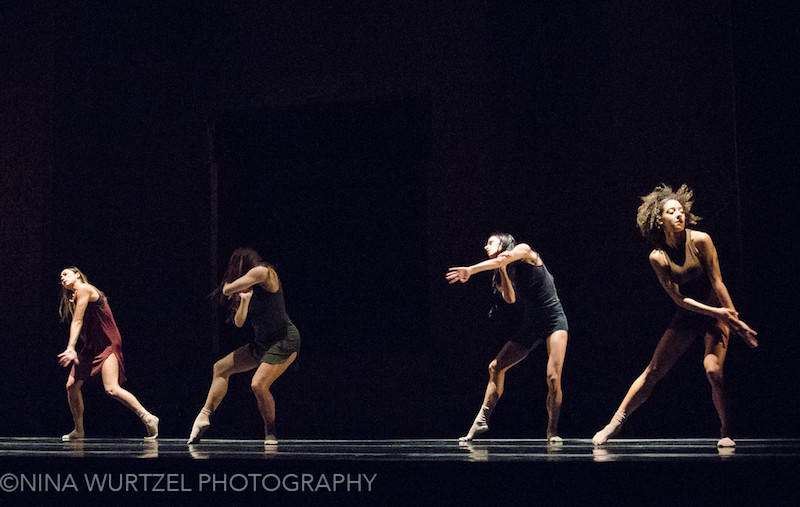
The positioning of the head embodies this inclination to gild the lily. While the skull does rest in neutral, often, the dancers flick and bob their necks to gaze ecstatically heavenward as their bodies whir with commotion.
About a quarter of the way through Chronicle, the drawbacks of this slash-and-burn approach reveal themselves. Rhoden looks as if he spent the bulk of his creative energies inventing astonishing shapes. As a result, other choreographic elements appear banal and perfunctory.
The spatial design leans toward showbiz standards: frontal facings, straightforward pathways, and symmetrical configurations. As for the dynamical shading of actions, it’s exclusively frenzied. The aesthetics seem better suited for television rather than live performance, an experience that can offer the rewards of nuance and subtlety.
This tendency to prize one thing (movement) at the expense of others (where, when, how, and, most important, why this movement manifests) renders Chronicle into something akin to watching fireworks from afar — dazzling but distant in impact.
Share Your Audience Review. Your Words Are Valuable to Dance.
Are you going to see this show, or have you seen it? Share "your" review here on The Dance Enthusiast. Your words are valuable. They help artists, educate audiences, and support the dance field in general. There is no need to be a professional critic. Just click through to our Audience Review Section and you will have the option to write free-form, or answer our helpful Enthusiast Review Questionnaire, or if you feel creative, even write a haiku review. So join the conversation.




